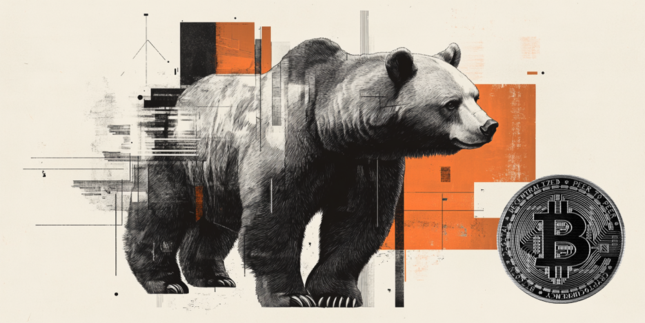USD/INR Exchange rate
Editors’ Picks

USD/JPY strengthens above 156.50 as BoJ’s cautious tightening weighs on Japanese Yen
The USD/JPY pair gains ground to near 156.75 during the early Asian session on Monday. The Japanese Yen softens against the US Dollar as traders have been disappointed with the slow and cautious pace of the Bank of Japan’s monetary tightening.

EUR/USD edges above 1.1750 due to ECB-Fed policy divergence
EUR/USD has recovered its recent losses registered in the previous session, trading around 1.1760 during the Asian hours on Friday. Traders will likely observe Germany’s Manufacturing Purchasing Managers’ Index data later in the day.

Gold climbs to near $4,350 on Fed rate cut bets, geopolitical risks
Gold price rises to near $4,345 during the early Asian session on Friday. Gold finished 2025 with a significant rally, achieving an annual gain of around 65%, its biggest annual gain since 1979. The rally of the precious metal is bolstered by the prospect of further US interest rate cuts in 2026 and safe-haven flows.

Bitcoin trades in compression as 2026 begins with structure still unresolved
BTC/USD remains locked in a two-way structure, with micro supply-and-demand levels guiding early-year price behaviour.

Top 10 crypto predictions for 2026: Institutional demand and big banks could lift Bitcoin
Bitcoin’s (BTC) adoption story is unraveling and the king crypto could see institutional demand return in 2026. Crypto asset managers like Grayscale are betting on Bitcoin’s rally to a new all-time high next year, and themes like Bitcoin as a reserve asset are emerging.
Majors
Cryptocurrencies
Signatures
USD/INR
The USD/INR pair tells the trader how many Indian Rupees (the quote currency) are needed to purchase one U.S. dollar (the base currency). The Rupee is symbolized by ₹ and is the 20th most traded currency worldwide.
HISTORIC HIGHS AND LOWS FOR USD/INR
- All-time records: Max: 69.528 on 28/08/2013 - Min: 1.30 in 1948
- Last 5 years: 74.42 on 11/10/2018 - Min: 61.81 on 28/03/2015
* Data as of February 2020
ASSETS THAT INFLUENCE USD/INR THE MOST
- Currencies: USD, CNY and GBP.
- Commodities: Gold, oil and silver (India is a major oil and commodity importer).
- Bonds: T-NOTE 10Y (10 year United States Treasury note) and GIND10YR (India Government Bond Generic Bid Yield 10 Year).
- Indices: S&P BSE SENSEX (S&P Bombay Stock Exchange Sensitive Index), NIFTY (National Stock Exchange of India's benchmark stock market index for Indian equity market) and NSE (National Stock Exchange of India Ltd).
ORGANIZATIONS, PEOPLE AND ECONOMIC DATA THAT INFLUENCE USD/INR
In India, the organizations and people that affect the most the moves of the USD/INR pair are:
- Reserve Bank of India which controls the issue and supply of the Indian rupee. RBI is the regulator of entire Banking in India. It plays an important part in the Development Strategy of the Government of India, issues statements and decides on the interest rates of the country. Its Governor is Shaktikanta Das.
- Government of India, often abbreviated as GoI, (whose President is Ram Nath Kovind) and its Ministry of Finance (whose minister is Nirmala Sitharaman) that implement policies that affect the economy of the country.
In the USA, we have:
- Fed, the Federal Reserve of the United States of America whose president is Jerome Powell. The Fed controls the monetary policy, through active duties such as managing interest rates, setting the reserve requirement, and acting as a lender of last resort to the banking sector during times of bank insolvency or financial crisis.
- The US Government (and its President Donald Trump): events as administration statements, new laws and regulations or fiscal policy can increase or decrease the value of the US Dollar and the currencies traded against it, in this case the Bank of India.
In terms of economic data, we should highlight the Trade Account Balance, a balance between exports and imports of total goods and services. A positive value shows a trade surplus, while a negative value shows a trade deficit. It is an event that generates some volatility for the USD/INR. If a steady demand in exchange for INR exports is seen, that would turn into a positive growth in the trade balance, and that should be positive for the INR.
Inflation is another economic value that is important for the USD/INR pair. It is measured among others by the CPI (Core Price Index) and the PPI (Production Price Index). They are key indicators to measure inflation and changes in purchasing trends.